Resources
-
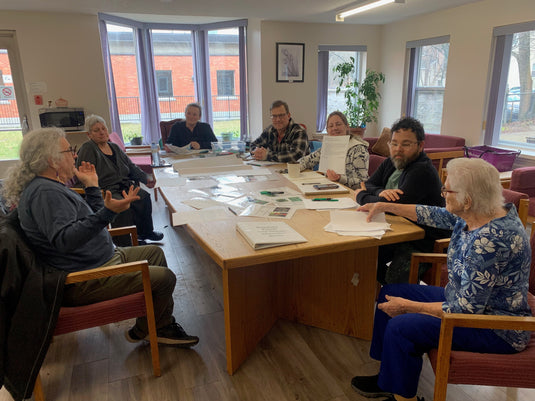
Tools for building species lists for a Little Forest
One of the most common questions we get from prospective forest planters is: How do we choose the trees that we plant in Little Forests or Pocket Forests? Here are some tools that we use to build species lists that generally align with the Miyawaki method. This article explains the framework and tools, so that hopefully you can find them useful as well.
-
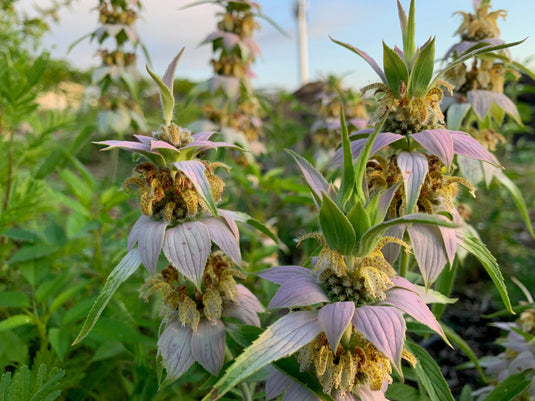
Pocket meadows for insects and birds
Pocket meadows are multi-layered plant communities. They transform high-maintenance lawns into a four season, climate resilient sanctuaries. They restore biodiversity, reconnect fragmented habitats, build climate resilience, restore damaged soil ecology and bringing magic to your neighbourhood.
-
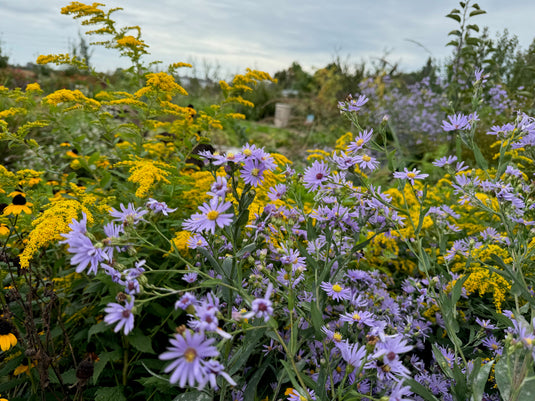
Reimagine your yard
Reimagining our yards is something each of us can do to help reconnect fragmented habitats, restore biodiversity, build climate resilience, and support our Earthly kin. Biodiversity: offer refuge and food... -
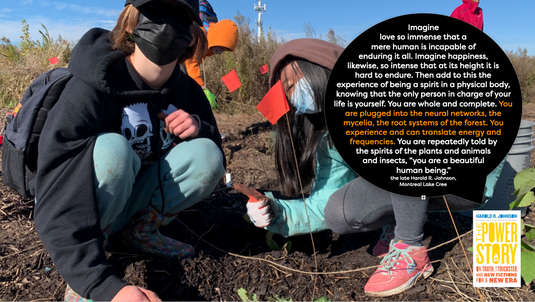
Imagining City in a Forest
How might our imaginations help dream into being other possible worlds? Dream into being a City in a Forest? We've begun exploring this question as we collaborate with community to grow Little Forests. This is one experiment for imagining. -
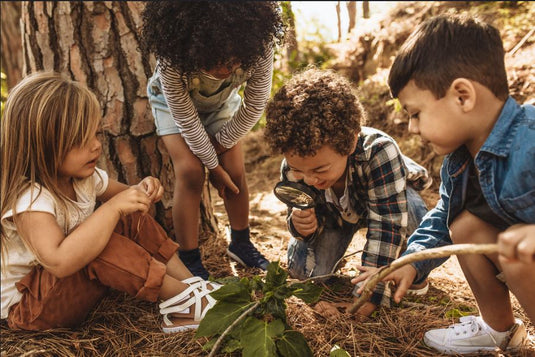
Junior non-fiction that loves Trees, Forests and the Natural World
A curated list of some junior non-fiction titles that deepen our love for and relationship with Trees, Forests and the Natural World. All of them are available at the Kingston Frontenac Public Library.
-
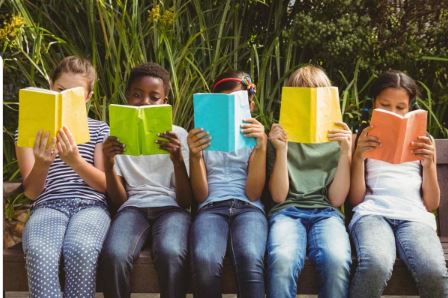
Picture Books that love Trees, Forests and the Natural World
Picture books that explore Trees, Forests and the Natural World with links to the KFPL Library Catalogue and read-alouds. -

Greening Schoolyards America- Resources for Teachers
Last year, Karen Dobrucki, Green Project Team Leader with the Toronto District School Board, introduced me to this important group working in the United States to bring trees to schoolyards... -

Stewarding the forest
Learning from Indigenous Knowledge, our approach to stewardship rests on a foundation of relationality. Our role, as humans, within the little forest community is to help maintain an ecological balance. -
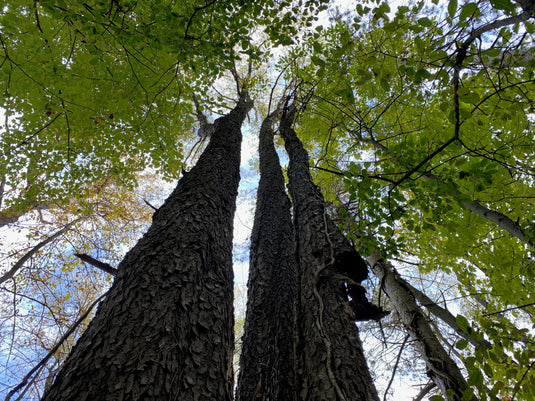
Conversations with land, trees, and non-human others
How do we learn to listen to the land, shifting from human-centred to earth-centred ways of thinking, feeling, and being in the world? What are some relational practices that connect us with the kinship that surrounds us, helping us see ourselves within a web of relations? How might we open our senses, beginning to learn the language of trees, birds, and insects? We've compiled this list of possibilities for entering into conversation with the natural world. -
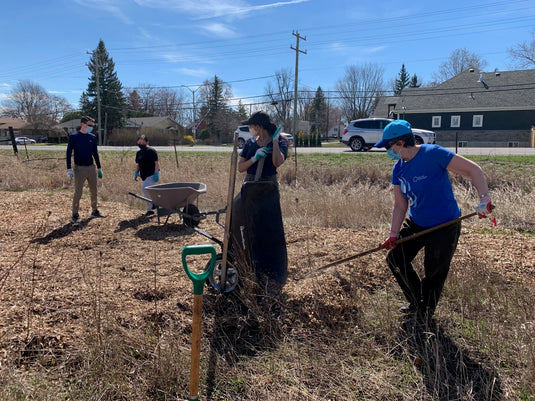
How to prepare the forest floor
How does seeing the forest floor is an interconnected living community, a web of relations, influence how we prepare the forest floor? In urban areas, too often we've treated soil as an object, as dirt. As a result, soil is often compacted, low in organic matter, and bacterially dominant.










